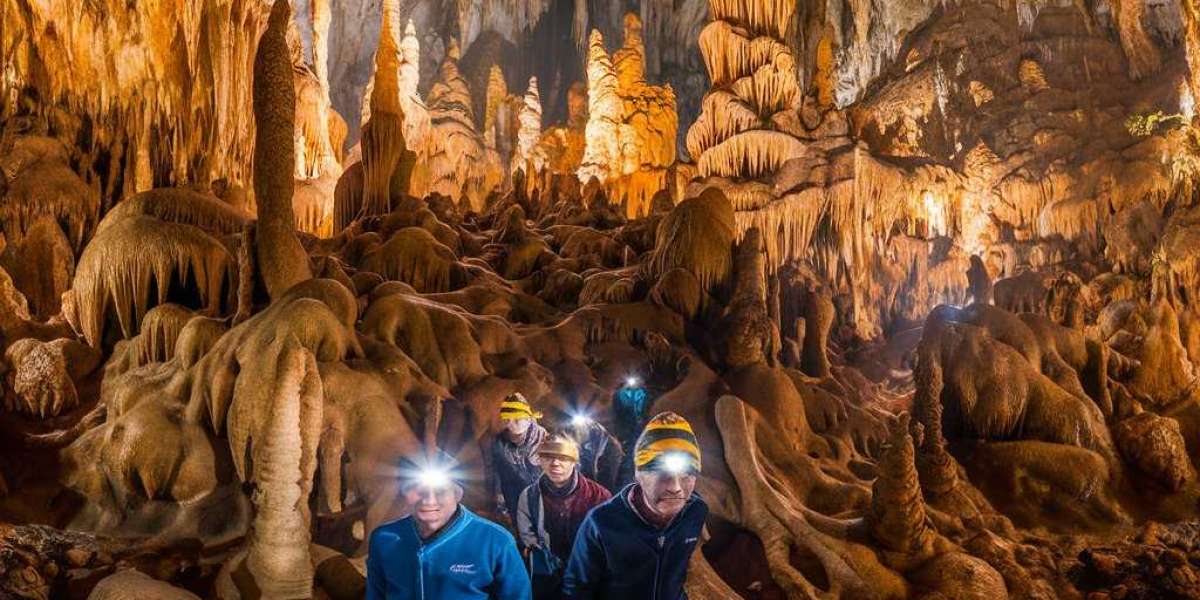Introduction
Nestled in the heart of the Western Cape province of South Africa lies one of the most breathtaking natural wonders of the world - the Cango Caves. Carved over millions of years by the forces of nature, these limestone caverns showcase the intricate beauty of underground landscapes. The Cango Caves are not just geological formations; they are a testament to the earth's ancient history and the forces that shaped it. In this comprehensive guide, we will delve into the depths of the Cango Caves, exploring their history, geology, and the unforgettable South Africa Holiday experiences they offer to visitors.
History and Discovery
The history of the Cango Caves dates back thousands of years, with evidence of human presence found within its chambers. San rock art, believed to be created by the indigenous Khoisan people, adorns the walls of some of the cave chambers, adding to their cultural significance.
The caves were first brought to the attention of European settlers in the late 18th century, with the first recorded exploration taking place in 1780 by a local farmer named Van Zyl. However, it wasn't until the early 20th century that the caves gained widespread attention, thanks to the efforts of geologists and explorers who mapped out its intricate passageways.
Geology and Formation
The Cango Caves are primarily composed of limestone, a sedimentary rock formed from the accumulation of marine organisms over millions of years. The caves owe their existence to a process known as karstification, where acidic groundwater slowly dissolves the limestone bedrock, creating caverns and underground passages.
The intricate formations found within the caves are a result of various geological processes. Stalactites, stalagmites, and columns adorn the chambers, formed over millennia as mineral-rich water drips from the cave ceilings and deposits calcite crystals. The sheer diversity of formations found within the Cango Caves is a testament to the geological forces at play.
Exploring the Caves
Visitors to the Cango Caves have the opportunity to embark on guided tours that offer a glimpse into the hidden wonders of this underground world. The caves are divided into two main routes: the Heritage Tour and the Adventure Tour.
The Heritage Tour is the most popular option, offering visitors a guided walk through the largest chambers of the caves. Highlights of this tour include the Cleopatra's Needle, a towering stalagmite that reaches towards the cave ceiling, and the Fairyland Chamber, adorned with delicate formations that sparkle in the dim light.
For those seeking a more adventurous experience, the Adventure group Tour provides a thrilling journey through narrower passages and chambers not accessible on the Heritage Tour. Visitors must be prepared to crawl through tight spaces and squeeze through narrow openings as they explore the depths of the caves.
Preservation and Conservation
Preserving the delicate ecosystem of the Cango Caves is of utmost importance to ensure that future generations can continue to marvel at its wonders. Strict conservation measures are in place to minimize human impact on the caves, including limiting the number of visitors and prohibiting the touching or removal of any formations.
Efforts are also underway to study and understand the unique ecology of the caves, which are home to a variety of specialized cave-dwelling organisms. Scientists are working to identify and protect these species, many of which are found nowhere else on earth.
Visiting Cango Caves: Practical Information
Before embarking on a journey to the Cango Caves, there are a few practical considerations to keep in mind. The caves are located near the town of Oudtshoorn in the Western Cape province of South Africa, approximately 29 kilometers north of the town center.
Visitors can reach the caves by car or join organized tours that depart from nearby towns. It's advisable to book tours in advance, especially during peak tourist seasons, to secure your spot and avoid disappointment.
The caves maintain a relatively constant temperature throughout the year, ranging from 16 to 18 degrees Celsius (60 to 64 degrees Fahrenheit). Visitors should dress warmly and wear comfortable walking shoes suitable for uneven terrain.
Photography is permitted within the caves, but flash photography is prohibited to prevent damage to the delicate formations. Be sure to bring a camera or smartphone to capture the awe-inspiring beauty of the underground landscape.
Conclusion
The Cango Caves stand as a testament to the incredible power and beauty of nature. From their ancient geological formations to their cultural and historical significance, these caverns offer a glimpse into the earth's rich tapestry of life and history.
Whether you're a seasoned explorer or a first-time visitor, the Cango Caves promise an unforgettable journey into the depths of the earth. As you stand in awe of the towering stalactites and delicate formations that adorn the chambers, you can't help but marvel at the wonders of the natural world. So, pack your sense of adventure and embark on a journey to discover the hidden treasures of the Cango Caves in South Africa.








